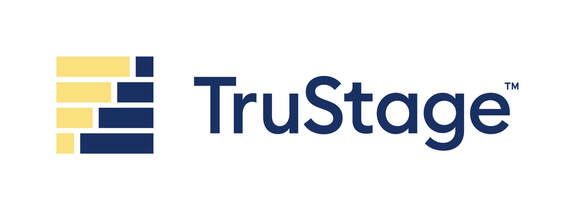|
by Steve Heusuk and Adam Leslie at TruStage
As we step into the new year, the industry is met with an elevated volume of new developments and trends that are accelerating at breathtaking speeds. Credit unions find themselves navigating a landscape shaped by a liquidity crunch, economic challenges, changing consumer expectations, and growing fraud and cybersecurity risks. As we embark on the new year, the urgency to formulate strategies that align with overarching annual plans has never been more critical. Strategic frameworks for the New Year. To guide credit union senior leaders through this dynamic landscape, we advocate the integration of three strategic frameworks tailored for the challenges and opportunities that await in the coming year. 1. Political, economic, social, technological and industry forces analysis (PESTI) 2. Strengths, weaknesses, opportunities, and threats (SWOT) matrix 3. Change agenda Below, we share how these three frameworks may be used together to help your credit union determine the right strategic choices for your desired outcomes. Using PESTI to understand external forces. PESTI analysis is a strategic planning tool used to study how external forces and trends can affect a market or company. The goal is to develop a deep understanding of the external forces impacting your credit union to feed into your SWOT matrix and inform your strategic choices. To create your own customized version of the PESTI, here's a step-by-step guide:
Now, it should be said that the true value of frameworks lies in the actions that follow. Once the PESTI analysis is complete, the stage is set for strategic decisions that resonate with the credit union's goals. Using a SWOT matrix to visualize opportunities and threats. Next, we recommend taking the PESTI and using it to develop a SWOT matrix. This framework helps us gather, analyze, and select potential future strategic choices. Using the PESTI, collide external opportunities and threats with an honest evaluation – using third party analysis where available - of your own internal strengths and weaknesses. To help teams visualize, we use a 2x2 grid and sticky notes to start documenting potential choices. These choices fall into four unique categories on our grid: 1. External opportunity & internal strength = Exploit for growth 2. External threat & internal strength = Leverage for advantage 3. External opportunity & internal weaknesses = Improve for the future 4. External threat & internal weakness = Protect the business This SWOT matrix framework should generate lots of choices. Some will be mutually exclusive, and others will be dependent on other choices being made in the matrix. Aim for a good mix of “predictable” choices and bold choices. Focus on the breadth and depth of the choices and don’t worry yet about communicating what finds its way onto your SWOT matrix. This way, you are ready for the next and final step – the change agenda. Using a change agenda to make specific strategic choices. The change agenda is the result of the hard work put in on the PESTI and SWOT matrix. It acts as the bridge between the current state and the envisioned future state of a strategy via simple “from” and “to” change dimensions. These change dimensions are where the shifts need to occur to create new outcomes and benefits. The outcomes could be used in a vision statement, strategic priorities, or strategic themes. Creating a strategic change agenda will help you visualize the key choices you want to focus on making. And any choices that do not make the change agenda are equally – if not more – valuable. You now have broad agreement these are choices your credit union will not pursue. To frame up the choices in the change agenda:
Now, you possess a collection of practical strategic options topped with a clear objective. Next steps will be to determine how you will communicate this strategy to a broader audience including your board and employees. Conclusion By intertwining these three frameworks, credit unions can better translate industry information and emerging trends, analyze the best choices they can make using their own internal strengths and weakness and into actionable choices, and make specific choices to drive the change they want. As we step into the new year, these strategic approaches will empower credit unions to not only weather the challenges but also thrive amidst the opportunities that lie ahead. Ready to navigate the dynamic landscape of the new year with strategic precision? Download the essential resources here and pave the way for a resilient and successful year ahead. PESTI Framework SWOT Analysis Change Agenda TruStage is DakCU’s System Partner. TruStage is a financially strong insurance, investment and technology provider, built on the philosophy of people helping people. We believe a brighter financial future should be accessible to everyone, and our products and solutions help people confidently make financial decisions that work for them at every stage of life. With a culture rooted and focused on creating a more equitable society and financial system, we are deeply committed to giving back to our communities to improve the lives of those we serve. For more information, visit trustage.com or contact George McDonald, DakCU’s Chief Officer of Strategic Services. Comments are closed.
|
The MemoThe Memo is DakCU's newsletter that keeps Want the Memo delivered straight to your inbox?
Archives
July 2024
Categories
All
|
|
Copyright Dakota Credit Union Association. All Rights Reserved.
2005 N Kavaney Dr - Suite 201 | Bismarck, North Dakota 58501 Phone: 800-279-6328 | [email protected] | sitemap | privacy policy |






